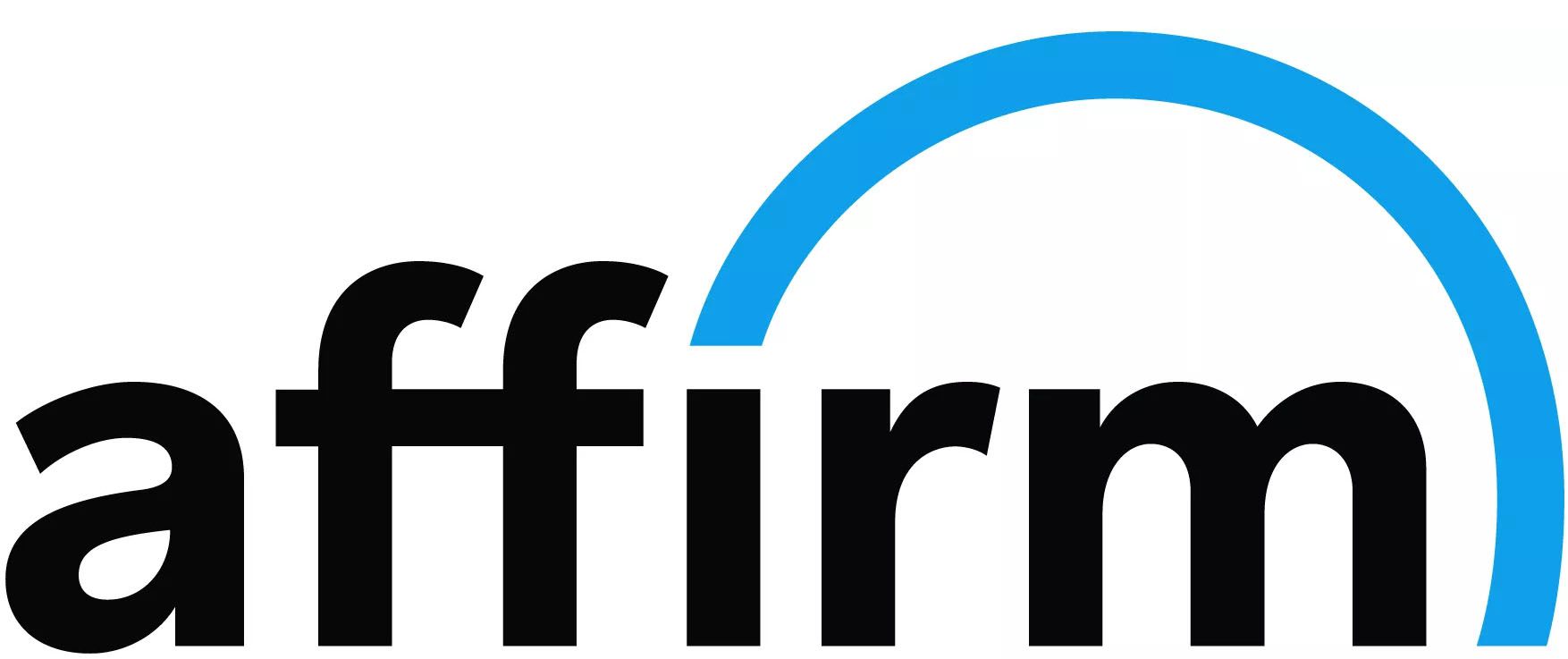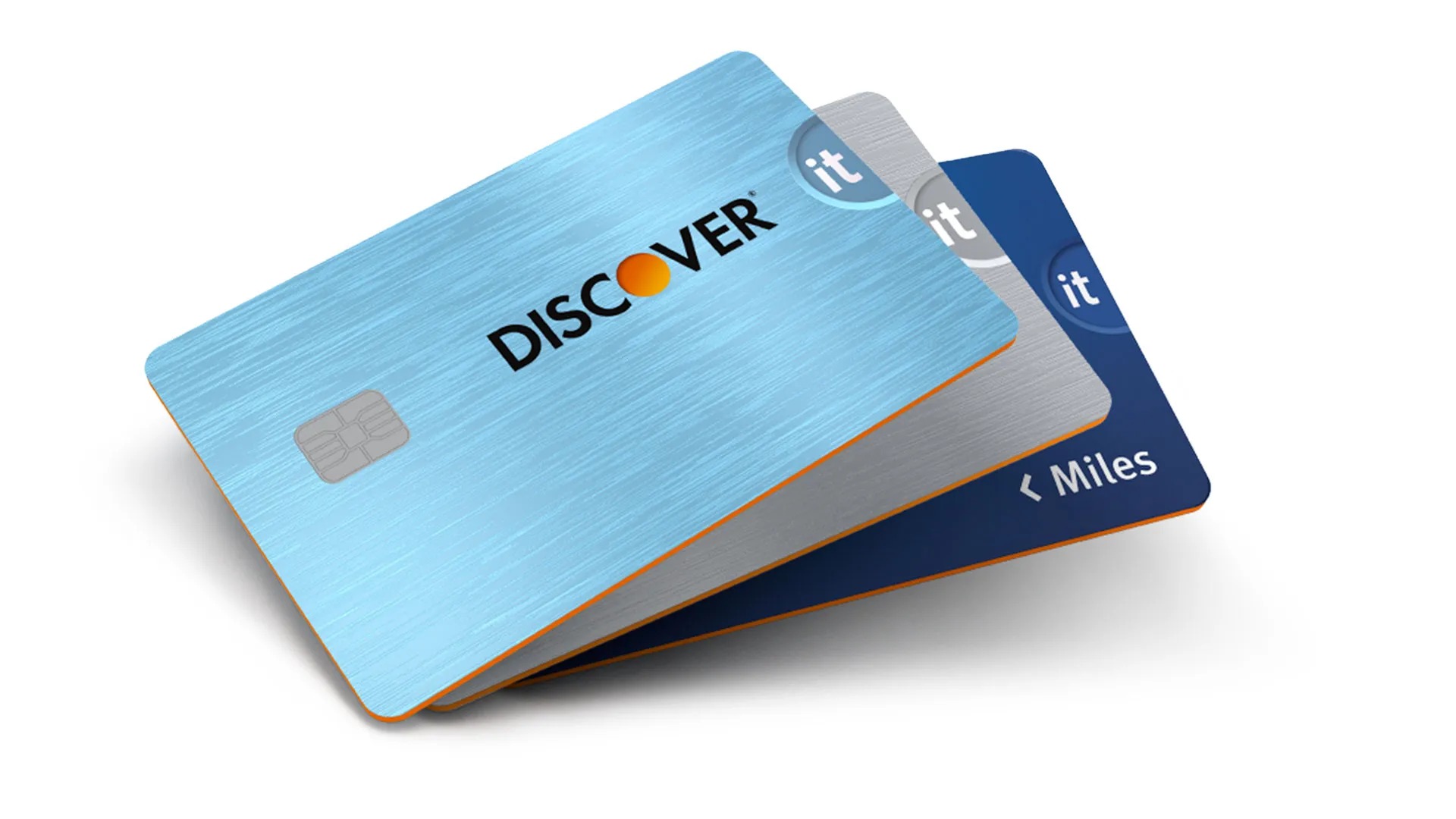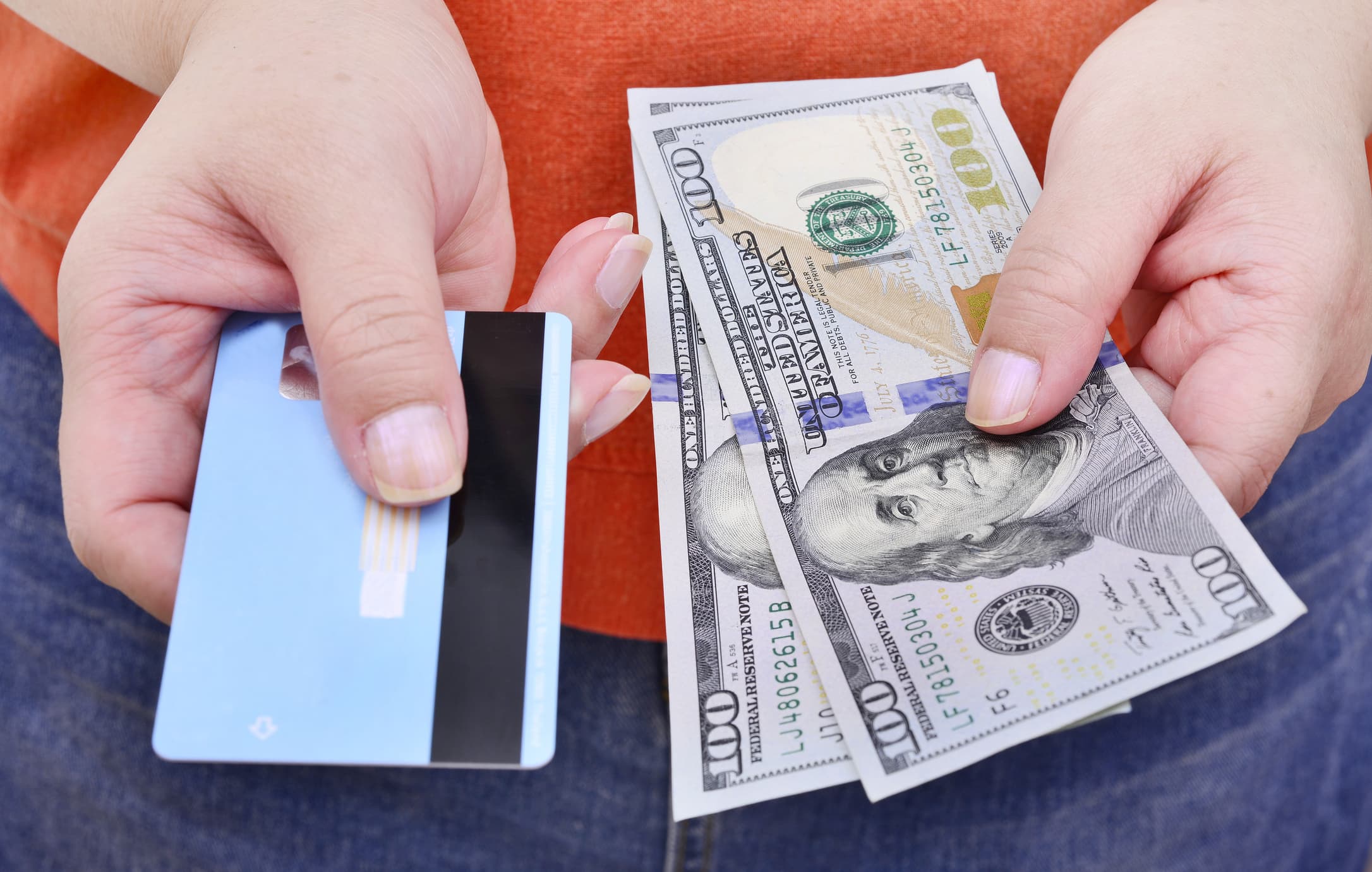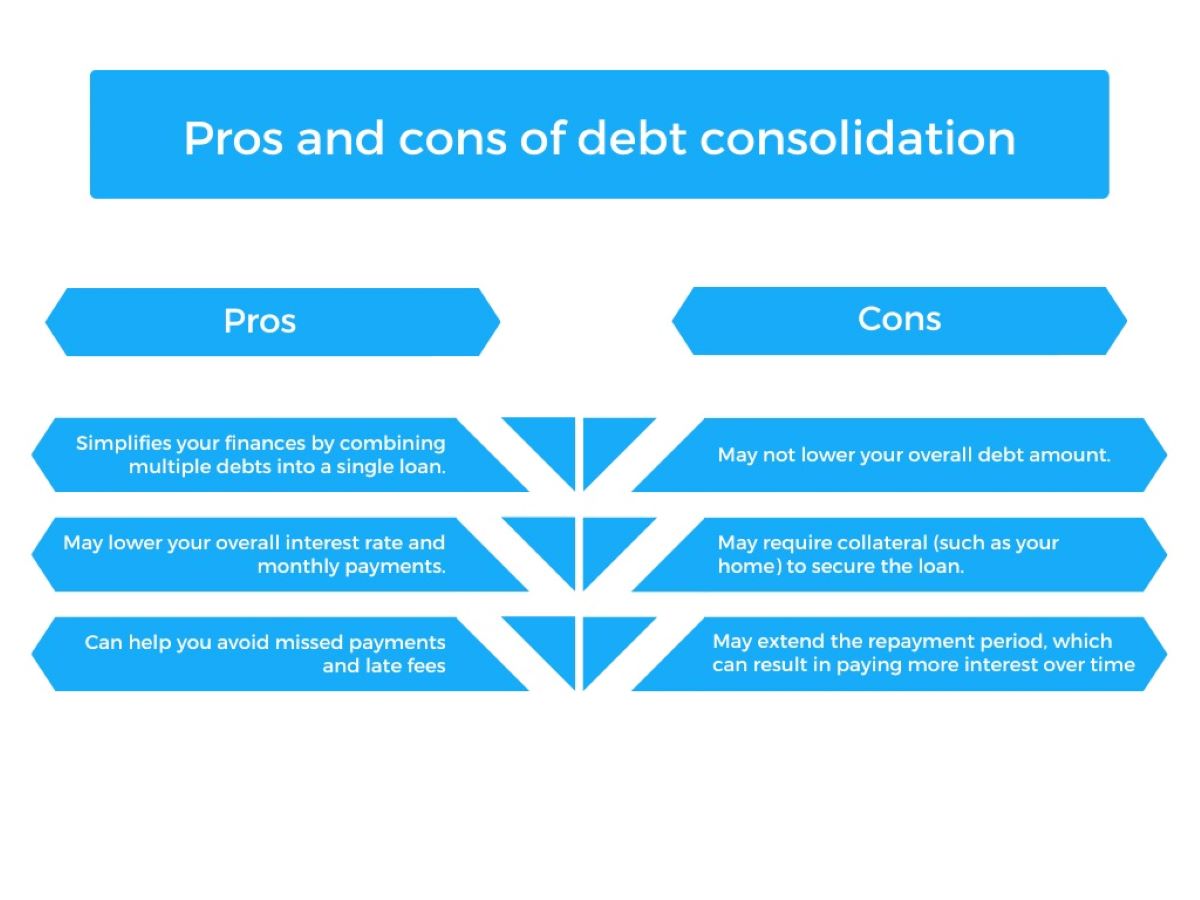Home>Finance>How Long Do You Need A Secured Card To Get Unsecured


Finance
How Long Do You Need A Secured Card To Get Unsecured
Published: March 1, 2024
Learn how long it takes to transition from a secured credit card to an unsecured one. Find out more about improving your finances.
(Many of the links in this article redirect to a specific reviewed product. Your purchase of these products through affiliate links helps to generate commission for LiveWell, at no extra cost. Learn more)
Table of Contents
Introduction
Secured credit cards are a valuable tool for individuals looking to establish or rebuild their credit. Understanding the nuances of secured cards and their impact on credit standing is crucial for making informed financial decisions. This article delves into the workings of secured credit cards, the timeline for building credit with these cards, and the factors influencing the transition to an unsecured card.
Navigating the world of credit can be daunting, especially for those with limited or damaged credit histories. Secured credit cards offer a viable solution for these individuals, providing an avenue to demonstrate responsible credit usage and improve their creditworthiness over time. By offering a security deposit as collateral, cardholders can access credit while minimizing risk for the card issuer.
In the following sections, we will explore the fundamental aspects of secured credit cards, including their functionality, the timeline for building credit, and the variables that influence the transition to an unsecured card. By gaining a comprehensive understanding of these concepts, individuals can make informed decisions about their credit journey and work towards achieving their financial goals.
What is a Secured Card?
A secured credit card is a financial tool designed for individuals who may have limited credit history or have encountered difficulties in obtaining traditional unsecured credit cards. Unlike unsecured cards that do not require collateral, secured cards are backed by a security deposit provided by the cardholder. This deposit serves as protection for the card issuer in case the cardholder defaults on payments.
Secured cards function similarly to traditional credit cards, allowing cardholders to make purchases, build credit, and establish a positive payment history. The key distinction lies in the initial security deposit, which often determines the card’s credit limit. Typically, the deposit amount aligns with the approved credit limit, providing a sense of security for both the cardholder and the issuer.
It’s important to note that a secured credit card is not a prepaid card. While prepaid cards are loaded with funds that can be spent until the balance is depleted, secured cards operate as a form of credit, requiring monthly payments and accruing interest on outstanding balances. This fundamental difference positions secured cards as a means to actively build credit, rather than simply facilitating transactions with preloaded funds.
Individuals who are new to credit or are working to rebuild their credit after encountering financial challenges can benefit from the responsible use of secured credit cards. By diligently managing the card, making timely payments, and keeping balances low, cardholders can demonstrate their creditworthiness and lay the groundwork for accessing more favorable credit products in the future.
How Does a Secured Card Work?
A secured credit card operates on the premise of providing a pathway to credit access for individuals who may not qualify for unsecured cards due to limited credit history, a low credit score, or past financial challenges. The primary mechanism behind a secured card involves the cardholder providing a security deposit to the card issuer, typically equal to the desired credit limit. This deposit serves as collateral and mitigates the risk for the issuer, thereby enabling them to extend credit to individuals who may otherwise be deemed too risky.
Once the security deposit is submitted and the card is activated, the cardholder can use it for various transactions, including purchases and bill payments, much like a traditional credit card. It’s important to understand that the security deposit does not function as a payment for charges made with the card; rather, it serves as a safeguard for the issuer in case the cardholder defaults on their payments.
As with any credit card, secured cardholders are required to make monthly payments based on their outstanding balances. Making timely payments is crucial, as it contributes to building a positive credit history. Responsible use of the secured card, such as maintaining low balances and paying in full and on time, can have a positive impact on the cardholder’s credit score over time.
Furthermore, some secured card issuers may offer the opportunity for cardholders to transition to an unsecured card after demonstrating consistent and responsible credit management. This transition typically involves a review of the cardholder’s payment history, credit utilization, and overall financial stability. Successfully transitioning to an unsecured card can signify significant progress in building credit and may open the door to enhanced credit options with improved terms and benefits.
By understanding the inner workings of secured credit cards and employing responsible financial habits, individuals can leverage these cards as a stepping stone toward establishing or rebuilding their credit profiles, ultimately paving the way for greater financial opportunities in the future.
How Long Does It Take to Build Credit with a Secured Card?
Building credit with a secured card is a gradual process that hinges on consistent, responsible credit management. While there is no definitive timeline for achieving significant improvements in credit standing, several factors influence the speed and efficacy of building credit with a secured card.
One of the primary determinants of credit-building timeline is the individual’s starting point. For those with limited or no credit history, a secured card provides an opportunity to establish a credit profile. In such cases, actively using the secured card, making on-time payments, and maintaining low balances can gradually contribute to the accumulation of positive credit history. On the other hand, individuals aiming to repair damaged credit will likely experience a longer timeline, as they must work to overcome negative marks on their credit reports through consistent, responsible credit usage.
It’s important to note that credit scoring models consider various factors, including payment history, credit utilization, length of credit history, new credit accounts, and credit mix. As a result, the impact of using a secured card on one’s credit score may vary based on these elements. Generally, individuals may start to see improvements in their credit score within six to twelve months of using a secured card responsibly. This timeframe allows for the establishment of a positive payment history and the demonstration of credit management skills to potential lenders and creditors.
Regularly monitoring one’s credit report and score is essential throughout the credit-building journey. By reviewing their credit reports, individuals can ensure that their secured card activity is accurately reflected and identify any discrepancies that may impact their credit standing. Additionally, staying informed about their credit score enables individuals to track their progress and make informed decisions regarding their financial goals.
While the timeline for building credit with a secured card may vary based on individual circumstances, consistent and responsible use of the card, coupled with prudent financial habits, can set the stage for long-term credit success. As individuals demonstrate their creditworthiness and build a positive credit history, they may eventually qualify for unsecured credit cards and other credit products with improved terms and benefits, marking a significant milestone in their credit journey.
Factors Affecting the Transition to an Unsecured Card
The transition from a secured credit card to an unsecured card represents a pivotal moment in an individual’s credit journey, signifying progress in building credit and potentially unlocking access to more favorable credit products. Several key factors influence the likelihood and timing of this transition, shaping the cardholder’s path toward unsecured credit.
Payment History: Consistent, on-time payments on the secured card play a significant role in demonstrating responsible credit management. A positive payment history showcases the cardholder’s reliability in meeting financial obligations and contributes to building a solid credit foundation. Lenders and card issuers often assess the individual’s payment history when considering the transition to an unsecured card.
Credit Utilization: Responsible utilization of available credit is crucial in signaling financial prudence. Maintaining low balances in proportion to the secured card’s credit limit reflects disciplined credit usage and can positively impact the decision to transition to an unsecured card. Lenders typically favor individuals who demonstrate prudent credit utilization, as it indicates an ability to manage credit responsibly.
Overall Financial Stability: Beyond the secured card activity, lenders may evaluate the individual’s broader financial stability. Factors such as income, employment status, and existing financial obligations can influence the decision to transition to an unsecured card. Demonstrating a stable financial position and the capacity to manage credit effectively enhances the likelihood of qualifying for an unsecured card.
Credit Score Improvement: As the individual builds credit with the secured card, their credit score is likely to reflect the positive impact of responsible credit management. A higher credit score, resulting from consistent payment behavior and prudent credit utilization, can bolster the case for transitioning to an unsecured card. Lenders often view improved credit scores as an indicator of creditworthiness and may extend unsecured credit offers based on this advancement.
Issuer’s Policies: The specific policies and practices of the secured card issuer play a role in determining the potential for transitioning to an unsecured card. Some issuers may proactively review secured card accounts for eligibility to transition, while others may require the cardholder to initiate the request. Understanding the issuer’s criteria and procedures for transitioning to an unsecured card is essential for individuals seeking this progression.
It’s important for individuals with secured cards to maintain open communication with their card issuer, stay informed about their credit standing, and continue practicing responsible credit habits. By addressing the aforementioned factors and demonstrating a commitment to sound credit management, individuals can position themselves for a successful transition to an unsecured card, marking a significant milestone in their credit advancement.
Conclusion
Secured credit cards serve as a valuable tool for individuals seeking to establish or rebuild their credit. By providing a structured pathway to credit access, these cards enable users to demonstrate responsible credit management and gradually improve their creditworthiness. Understanding the fundamental workings of secured cards, including their functionality, credit-building timeline, and the factors influencing the transition to an unsecured card, is essential for individuals navigating their credit journey.
Throughout the process of using a secured card, individuals are empowered to build a positive credit history through consistent, responsible credit usage. Making on-time payments, maintaining low balances, and managing credit prudently contribute to the gradual enhancement of credit scores and overall credit profiles. As individuals cultivate these habits, they position themselves for potential opportunities to transition to unsecured credit cards, marking a significant milestone in their financial progression.
The journey from a secured card to an unsecured card is influenced by various factors, including payment history, credit utilization, overall financial stability, credit score improvement, and the policies of the card issuer. By addressing these factors and maintaining open communication with their card issuer, individuals can enhance their prospects of qualifying for an unsecured card, signaling their growth and creditworthiness to potential lenders and creditors.
As individuals progress in their credit-building endeavors, it is crucial for them to stay informed about their credit standing, regularly monitor their credit reports and scores, and continue practicing sound financial habits. By doing so, they can position themselves for broader financial opportunities and improved access to credit products with favorable terms and benefits.
In conclusion, secured credit cards offer a structured and accessible means for individuals to embark on their credit journey, establish positive credit history, and work towards achieving their financial goals. By leveraging these cards responsibly and addressing the key factors that influence their credit progression, individuals can pave the way for a brighter financial future and expanded credit opportunities.














